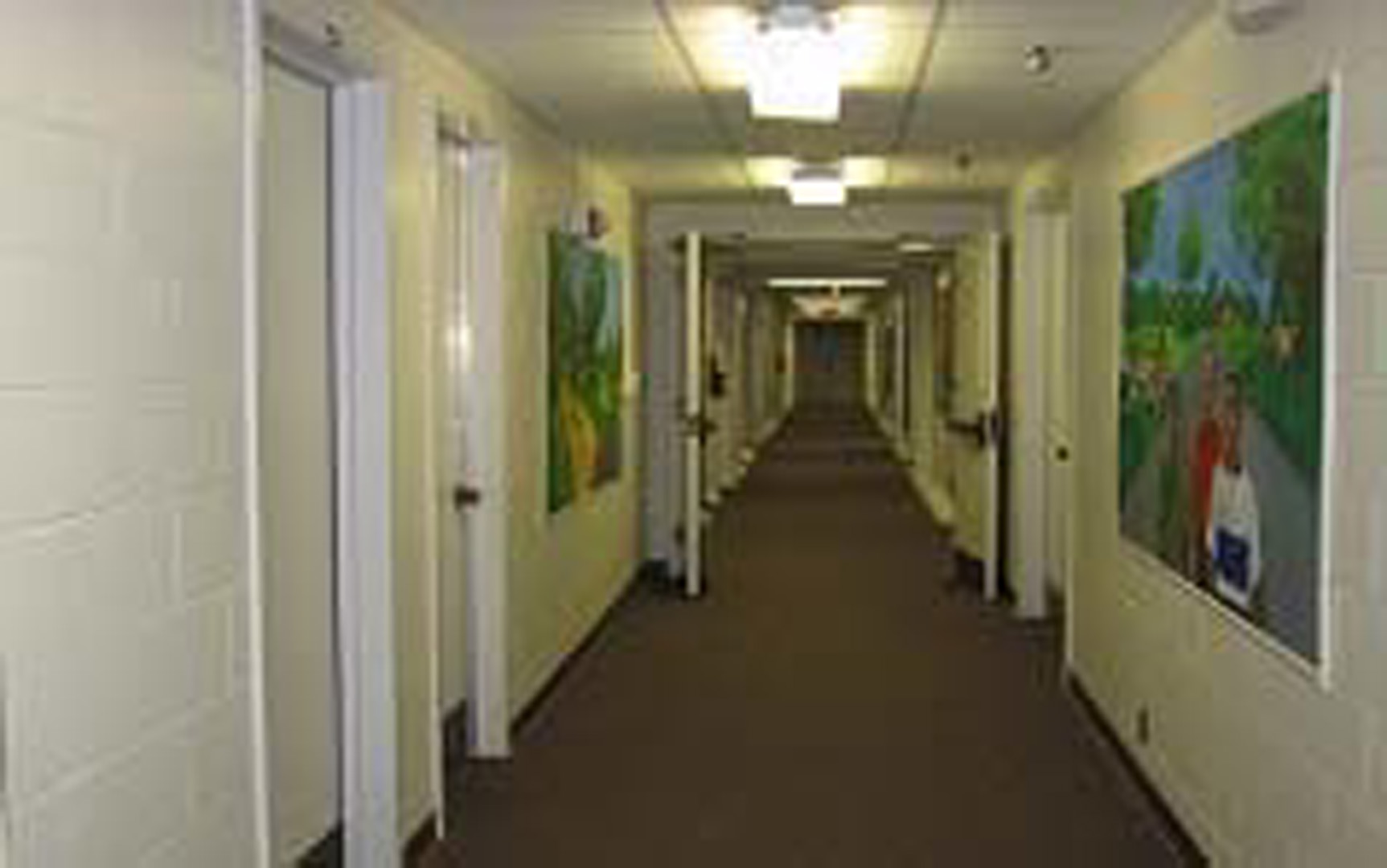“Distance estimation in virtual environments using bisection” by Meng, Rieser and Bodenheimer
Conference:
Type(s):
Title:
- Distance estimation in virtual environments using bisection
Presenter(s)/Author(s):
Abstract:
Systematic errors in perceiving distances in virtual environments (VEs) are one of the most interesting issues in perceptual studies of VEs. Some have studied the issue using blind walking (e.g., [Willemsen and Gooch 2002; Interrante et al. 2006]), and others have used time-to-walk estimates [Plumert et al. 2005]. Blind walking involves perception and action. Time-to-walk estimates involve perception and imagination. This study presents distance estimation experiments using a measure that relies only on visual perception, that of distance bisection. In distance bisection, subjects are asked to determine the midpoint of a distance interval between them and a target avatar in the virtual world by using a joystick to adjust the position of an adjustment avatar until the avatar is halfway between the subject and the target avatar.
References:
1. Interrante, V., Anderson, L., and Ries, B. 2006. Distance perception in immersive virtual environments. In IEEE Virtual Reality, 3–10.
2. Lappin, J. S., Shelton, A. L., and Rieser, J. J. 2006. Environmental context influences visually perceived distance. Perception and Psychophysics. in press.
3. Plumert, J. M., Kearney, J. K., Cremer, J. F., and Recker, K. 2005. Distance perception in real and virtual environments. ACM Transactions on Applied Perception 2, 216–233.
4. Willemsen, P., and Gooch, A. A. 2002. Perceived egocentric distances in real, image-based and traditional virtual environments. In IEEE Virtual Reality, 79–86.





